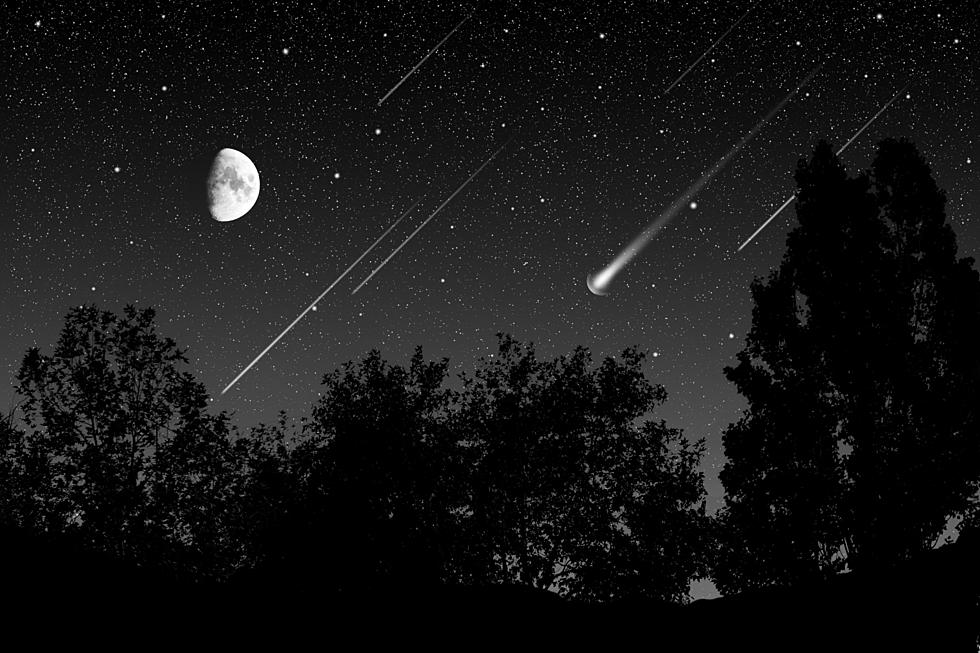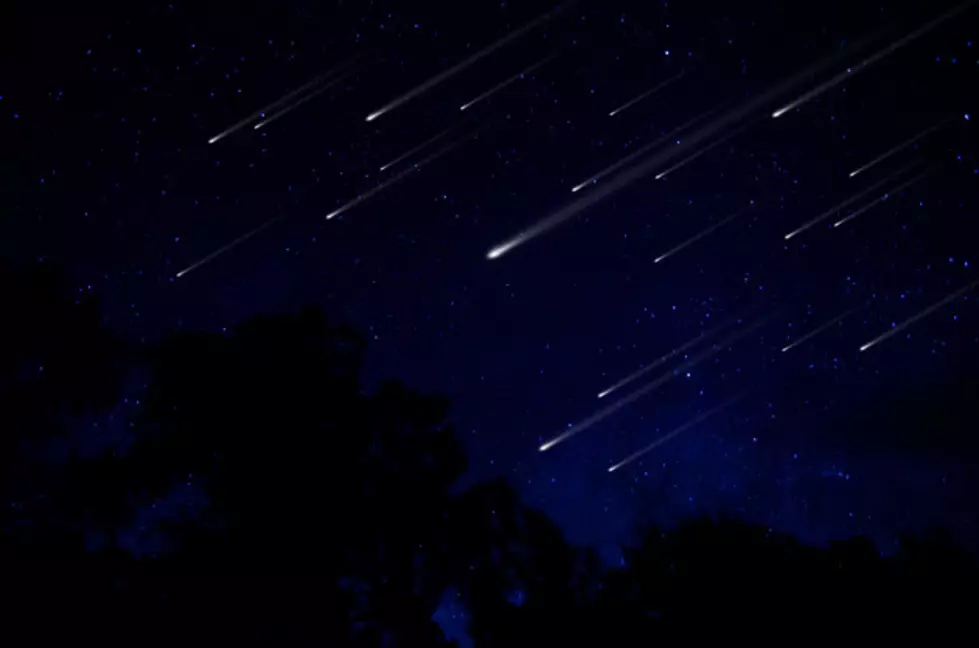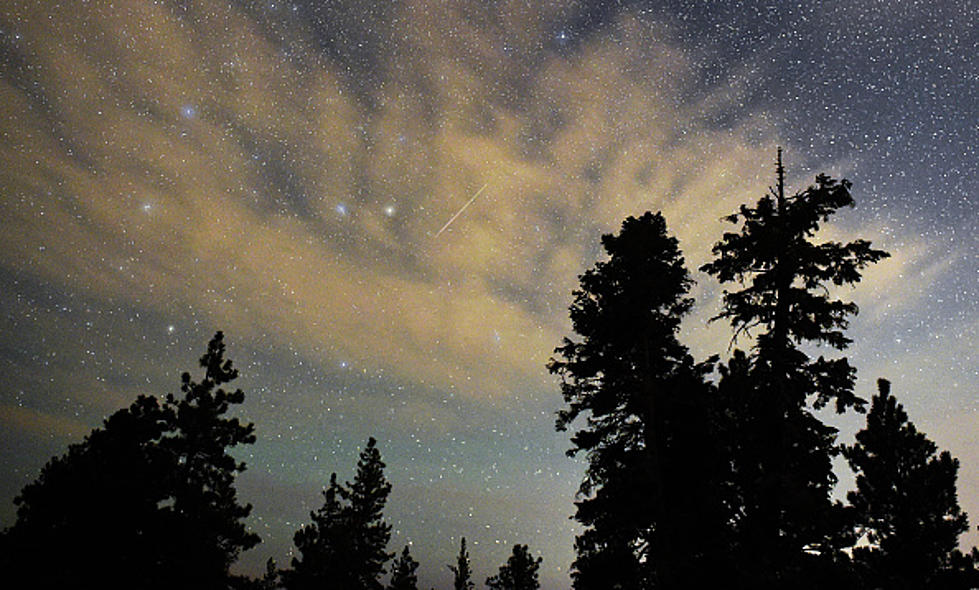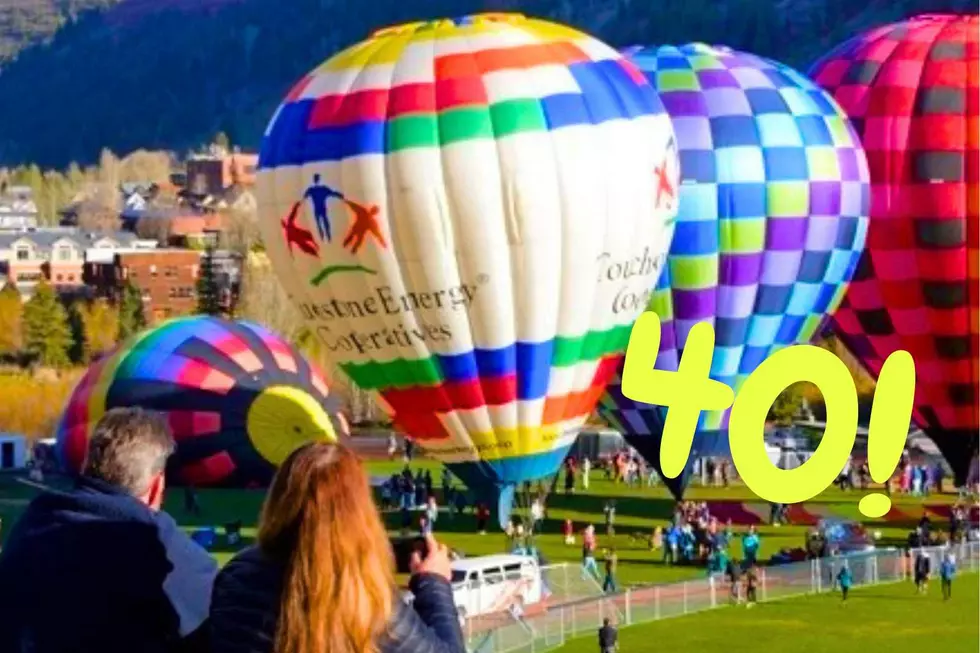
Perseid Meteor Shower Peak Viewing on August 11-12
As the second week of August comes to an end, it brings forth a sparkling light show in the sky. On Thursday and Friday night, viewing of the annual Perseid meteor shower will be at its peak – and with forecasters predicting perfect conditions and this year's outburst to be double than normal, it gives you every reason to set out for some late-night stargazing. This is by far the most active and popular meteor shower of the year and according to NASA, this time around, instead of seeing the typical 80 Perseids per hour, the rate is expected to be somewhere between 150 to 200 per hour. Although the shooting stars will be most visible on August 11 and 12, some meteors will still be able to be seen during the following few nights.
So what are these brilliant flashes of light that we are seeing in the sky?
Every year around this time, Earth crosses the orbital path of the comet Swift-Tuttle, enabling us to witness the debris and bits and pieces of rubble that result from the comet slamming in to our planet’s upper atmosphere at around 130,000 miles per hour. These bits of debris, which were originally ice and rock, are transformed into gas due to heat from the closeness of the sun, and are then ejected into the sky. What’s interesting too, is that some of the meteors we can see, have been floating around in space for centuries, having flaked off from the comet during one of its prior passes. The Perseid meteors often leave behind glowing trains of ionized gas, which can often be seen streaking across the sky.
The darker and clearer the sky is, the better chance you have at seeing the burning comets. Try finding a location that is away from street lights and has an open view of the whole sky, like a field or up at Horsetooth Reservoir. No special equipment is needed to view this cosmic spectacle, though a telescope and binoculars are definitely great for getting in on some close-up action.
More From Retro 102.5






![Want to See a Meteor Shower? [VIDEO]](http://townsquare.media/site/49/files/2011/04/hqdefault11.jpg?w=980&q=75)


